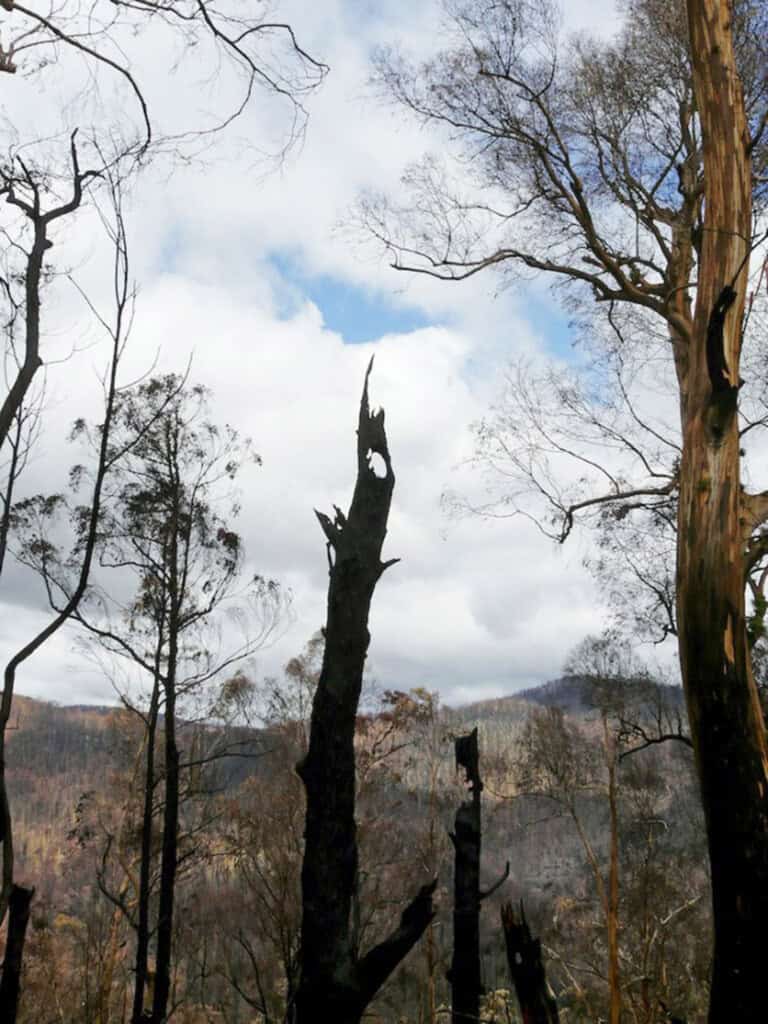An Australian man is refusing to let poor vision impair his dream of being a skilled photographer
A blind photographer. It’s quite the oxymoron. To interpret the chaos of the world and reconstruct it through the barrel of a lens is intimidating even to the fully sighted. Now imagine 90 per cent of your vision disappearing. Does it seem like an impossibly daunting task? Try telling that to Andrew Follows.
Having been legally blind since he was born, Andrew gained a new lease on life in 2008 when he picked up his first “pocket rocket” – a term he has coined for a standard consumer point and shoot camera. In a world where analogue fetishism disregards technology as cold and isolating, digital photography gave Andrew a lens through which he could finally see the big picture.
Meeting Andrew is a revelation. There is no pretension when he speaks of his passion, simply warmth. Despite being exhibited in Paris, Edinburgh and Luxembourg, Andrew is open to discussing his techniques and working methods. “[Photographers] don’t like to share. They’re very protective on how they take their photographs. I just want to show everyone.”
Andrew uses his story to inspire others and runs a series of workshops inclusive to both the impaired and the fully able, to break stigmas and mentalities of what a blind person can and cannot do. Behind the camera, he is confident and decisive. In front of it, he is bashful, shy and almost embarrassed. Perhaps as a way to acclimatise to the situation, Andrew immediately directs our photographer.
“Open the windows, you’ll get more light. Maybe you could take a photo in the mirror. I think this room would be best for this photograph.”
Andrew refuses to be defined by his condition. He is a photographer above anything else.
“It’ll look better this way. Trust me,” he says.
“My eye condition is called retinitis pigmentosa. It’s an eye disease that affects people differently. So in my case, there’s no vision in my left eye and tunnel vision in my right eye. The tunnel would be about the size of a 20 cent piece. I’ve always had it.”

“ There’s no vision in my left eye and tunnel vision in my right eye”
I ask: “Is your eyesight deteriorating?” Andrew says: “Yes. Slowly.”
“Will it ever fully go?” Andrew answers: “Yeah.”
“Do you have any idea how long until that happens?
Andrew says: “No.”
“Isn’t that scary?
Andrew says: “Yeah. People look at you and give you double takes because you’ve got a camera wrapped around you and a dog leading you around. Like, ‘what is going on over here?’ A lot of people think I’m training the dog. I don’t look visually impaired, I can still give you the eye contact. I’ve had the police bail me up. They just wanted to know what the hell was going on.” (He laughs).

“People look at you and give you double takes because you’ve got a camera wrapped around you and a dog leading you around”
“I was finding it hard to do things and finding it hard to compensate. I was trying to be as normal as possible, y’know? Blend in, don’t bring attention to yourself. It got to the point where I couldn’t compensate any more and I was making excuses not to go out and I was becoming a hermit really. In 2006, I said I can’t do this any more – I need help.
“Eamon [Andrew’s dog] has given me freedom and independence. I’m never home, I travel a lot. We’ve only been separated twice over the nine years I’ve had him. He’s my soulmate.

“Eamon has given me freedom and independence… He’s my soulmate.”
“If we didn’t have digital, we would still have film and I wouldn’t be getting anywhere. It was because you could take the card out and put it through the TV or the computer and all of a sudden, I was seeing a lot more than a normal film print. I could magnify it. I started to see more detail; more shapes, more colours, more textures. The camera is my eyesight.

“The camera is my eyesight.”
“That’s the reason I do the workshops. To show the mainstream what it’s like to be a visually impaired photographer through simulator glasses. And for low-vision people, it’s to show them that you can use cameras. To see the world that they can’t see, just by taking the photo and putting it through the computer.

“It’s to show low-vision people that you can use cameras.”
“In 2009 we had the big bushfires and I ended up working with the recovery mob and I was the state coordinator putting food, clothing and water into affected areas. We were taking trucks up into the fire zones. Me being me, I had to take the photos. It was just horrific. This is over a period of time after the fires and we started to see changes in the bush. The truck driver said he felt sick. He said to me, ‘you’re lucky you can’t see.’
“Out of that, I ended up having an idea – why don’t we run a three day exhibition of the regeneration after the bushfires? It actually brought the whole community together. We raised $11,000 (£6,235) for the CFA [Country Fire Authority]. Just from photos.”

“I’ve been told by high-end professional photographers that if I had 20/20 vision I’d be in the top ten in the world. I have a natural eye for photography. I’m getting there. I’ve still got a lot of work to do. I’ve accomplished in the eight years I’ve been doing this what usually takes 10-15 years to do. I’m just scratching the surface. A lot of people just sit at home and wait for the world to come to them.”
This photo story was produced by PLGRM, a media group founded to share instances of human connection. This piece originally appeared here: here.
Images: Scott Bradshaw
